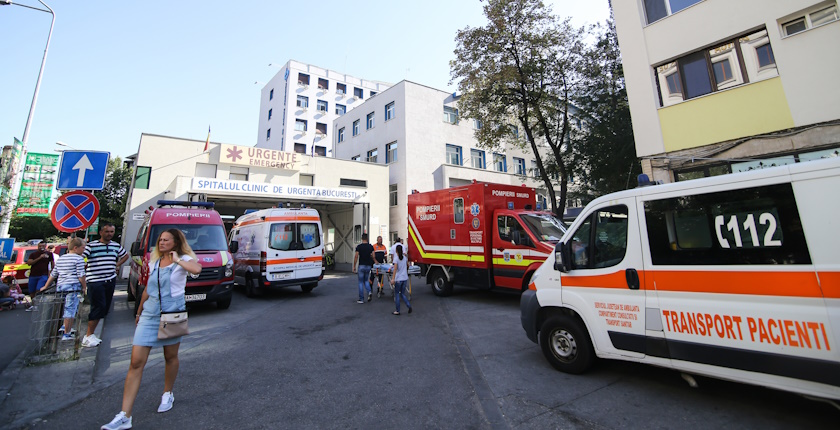
Photo: iStock
Ilfov County in Romania, which surrounds the capital Bucharest, has adopted a decision to build a solar power plant to supply electricity to public buildings managed by the county council, including hospitals.
The proposed solar power plant, financed from the European Union’s (EU) Modernisation Fund, is planned to be built in the commune of Cernica in the southeast of Ilfov County by the end of 2026, according to local media. The project, valued at RON 14.3 million (about EUR 2.88 million), will be submitted to the Ministry of Energy in December.
The future solar power plant would supply Ilfov’s county hospital and gynecology hospital
The proposed photovoltaic plant will cut energy costs of buildings such as the headquarters of the county’s social welfare and child protection services directorate, the Ilfov county hospital, and the obstetrics-gynecology hospital, by 90%, according to the project.
The buildings in question consume 2,916.14 MWh of electricity a year, while the future plant will generate 2,825.95 MWh a year, or 96.91% of the consumption. The annual electricity output will be worth about RON 3.7 million (EUR 744,000), while CO2 emissions will be reduced by 33,000 tons a year.
The Sibiu County in Transylvania intends to build its own solar power plant as well, with a peak capacity of 2.2 MW. The facility would be located in the Ațel commune and owned by the county.
Local authorities across the region are turning to renewables for energy independence
Elsewhere in the region, local authorities at levels above cities and municipalities are also looking to tap on renewables to cut costs and improve energy security.
Serbia’s Autonomous Province of Vojvodina has allocated RSD 105 million (EUR 896,000) for the installation of solar power plants on the roofs of 13 faculties and colleges of the University of Novi Sad in the provincial capital, with another six set to receive funding in 2024.
Croatian local authorities are exploring geothermal potential aiming to reach energy independence
At the same time, a joint venture set up by Croatia’s Varaždin County and the Municipality of Mali Bukovec has identified the geothermal potential to install a facility with a 16 MW power and 90 MW heat capacity.


















Be the first one to comment on this article.